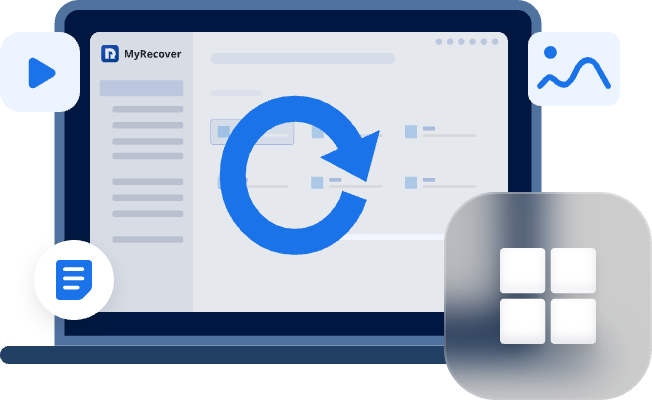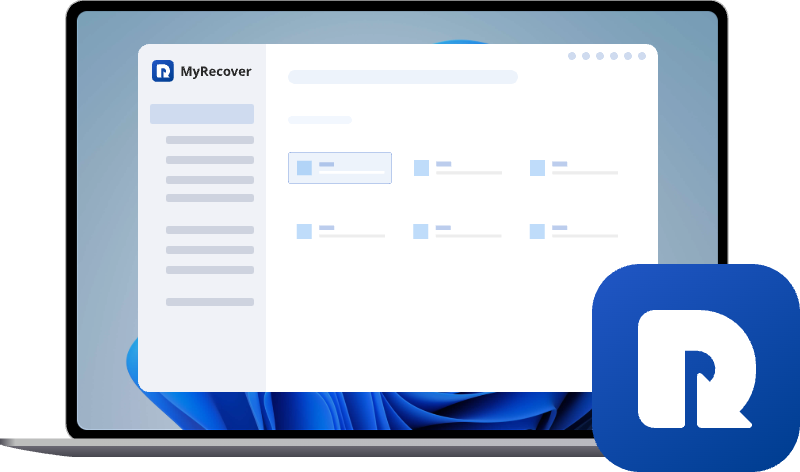How to Recover Data from Gigastone SD Card
Wondering how to recover files from Gigastone SD card after accidental deletion or formatting? This guide shows step-by-step methods and the best recovery software to restore photos, videos, and important documents from your Gigastone SD card.
Introduction
Have you ever lost precious photos or important files from your Gigastone SD card and felt that sinking feeling in your stomach? Don’t worry — you’re definitely not alone. SD card data loss is frustrating, but here’s the good news: you can recover data from a Gigastone SD card with the right methods and tools.
In this guide, we’ll break down why data loss happens, what you should do immediately after it occurs, and the best ways to get your files back safely and effectively.
Common Reasons for Data Loss on Gigastone SD Cards
Before jumping into recovery methods, let’s understand what might have gone wrong. Knowing the cause helps you avoid repeating it later.
Accidental Deletion
We’ve all done it — clicking delete too fast or emptying the recycle bin without checking. It’s one of the most common reasons for data loss.
Formatting Errors
Sometimes, the SD card demands formatting when inserted into a device. If you hit "Format" accidentally, all your data disappears — though not permanently.
SD Card Corruption
Frequent insertion and removal or sudden power outages can corrupt the SD card, making it unreadable or inaccessible.
Virus or Malware Attacks
If your SD card was connected to an infected computer, malicious software might have deleted or hidden your files.
Physical Damage
Scratches, bending, or water damage can also lead to data loss — and sometimes, this requires professional help to fix.
Things to Do Before Starting Recovery
Stop Using the SD Card Immediately
Once you notice data loss, do not use the card. Every new file written could overwrite your deleted data, making recovery impossible.
Check the Connection and Card Reader
Sometimes, it’s not the SD card but the reader or the device that’s the problem. Try connecting it to another computer or reader before assuming it’s corrupted.
Avoid Formatting or Writing New Data
If the device prompts you to format the card, hit Cancel. Formatting can erase file tables, making recovery much harder.
Methods to Recover Data from Gigastone SD Card
Now that you’re ready, let’s explore the most effective methods to recover your lost data.
Method 1: Use Windows File Recovery
Windows File Recovery is a free tool from Microsoft that can help restore deleted files from SD cards, USB drives, and hard disks. It’s a command-line utility, but once you get the hang of it, it’s quite powerful.
Here’s how to use it:
1. Download and install Windows File Recovery from the Microsoft Store.
2. Open it by typing "Windows File Recovery" in the Start menu and selecting Run as Administrator.
3. Identify your SD card’s drive letter (for example, E:).
4. Use this command format:
winfr H: D: /regular /n *.jpg /n *.png
- Replace H: with your SD card’s drive letter.
- Replace D: with the destination folder on your PC where recovered files will be saved.
- Modify the file types (*.jpg, *.png, etc.) based on what you want to recover.
5. Wait for the process to complete, then check your destination folder for restored files.
Method 2: Use Professional Data Recovery Software
When there’s no backup or the Windows tool doesn’t work, using recovery software is your best option. MyRecover, as a professional recovery software, can quickly restore deleted or formatted data from your Gigastone SD card. It makes the process easier, safer, and more efficient.
- It supports all file types — photos, videos, documents, and more.
- It allows preview before recovery.
- It works on formatted, corrupted, or deleted SD cards.
- It’s beginner-friendly, with a simple interface.
Instead of panicking, you can take control and get your data back in just a few clicks. Let’s start!
Step 1: Download and Install the Software
Install MyRecover on your PC. Make sure you don’t install it on the same SD card you want to recover — that could overwrite data.
Step 2: Connect and Scan Your Gigastone SD Card
- Insert your SD card into your computer.
- Launch MyRecover.
- Select your Gigastone SD card from the device list.
- Click Scan — the program will begin searching for lost files.
Step 3: Preview and Recover Lost Data
Once the scan completes, you’ll see a list of recoverable files.
- Preview them to make sure they’re intact.
- Select the ones you want.
- Click Recover and save them to a different drive or folder.
That’s it — your photos, videos, or documents are back!
Method 3: Try CMD Command (Windows)
For those who prefer a manual approach, Windows CMD can sometimes help restore missing files.
1. Press Win + R, type cmd, and hit Enter.
2. Type the following command and press Enter:
chkdsk X: /f
(Replace X with your SD card’s drive letter.)
3. Then type:
attrib -h -r -s /s /d X:\*.*
This method repairs minor file system errors and restores hidden or corrupted files.
Method 4: Contact Professional Recovery Services
If your SD card is physically damaged or none of the above methods work, it’s time to contact a data recovery service. Professionals have specialized tools to handle severe corruption and physical damage safely. Though this option can be pricey, it’s worth it if your lost data is irreplaceable.
How to Prevent Future Data Loss on Gigastone SD Cards
Let’s make sure you don’t end up in this situation again. Here are a few practical habits to adopt.
Regular Backups
Always keep a copy of your important files in another location — cloud storage or an external drive.
Properly Eject the SD Card
Never remove your SD card while files are transferring. Always use the "Eject" option before unplugging it.
Use Reliable Card Readers and Devices
Cheap or faulty readers can corrupt your SD card data. Invest in quality equipment.
Keep the Card Safe from Physical or Water Damage
Store your Gigastone SD card in a protective case and avoid exposing it to moisture or heat.
Conclusion
Losing data from a Gigastone SD card might feel like a nightmare, but it’s not the end of the world. With the right tools and quick action, you can recover data from a Gigastone SD card successfully.
Whether you use Windows File Recovery, professional software like MyRecover, or rely on expert services, acting fast and avoiding overwriting is key. And once you’ve got your files back, don’t forget — regular backups and careful handling can save you from the same headache in the future.


